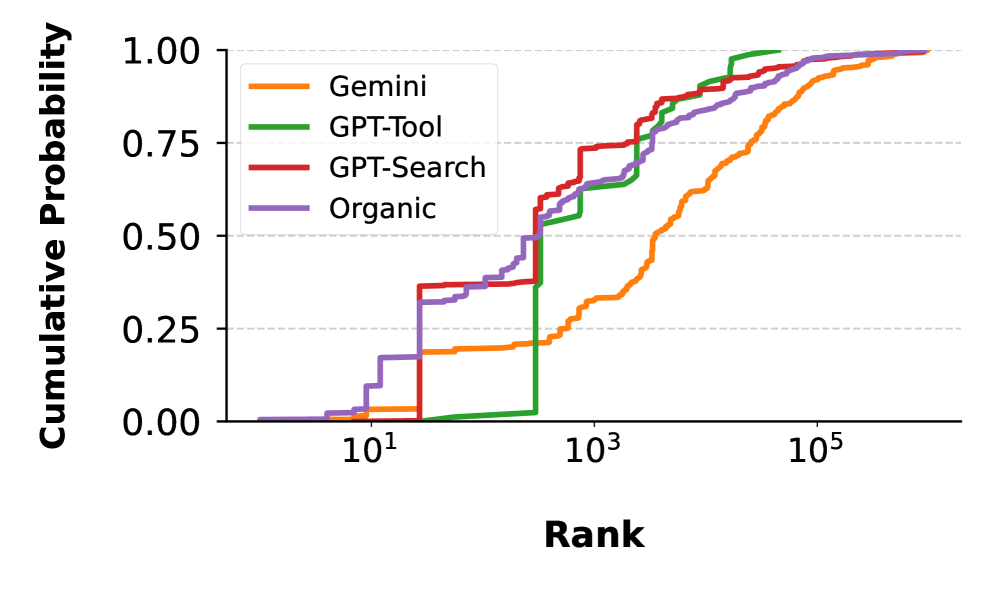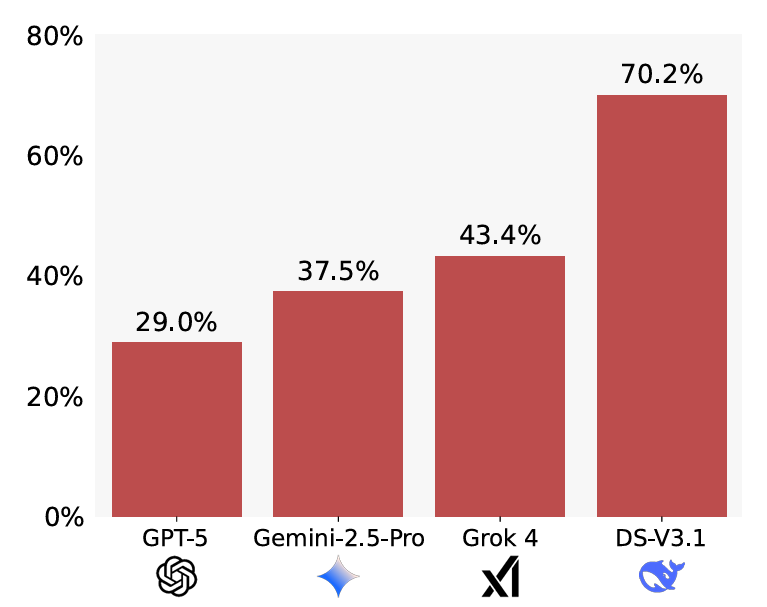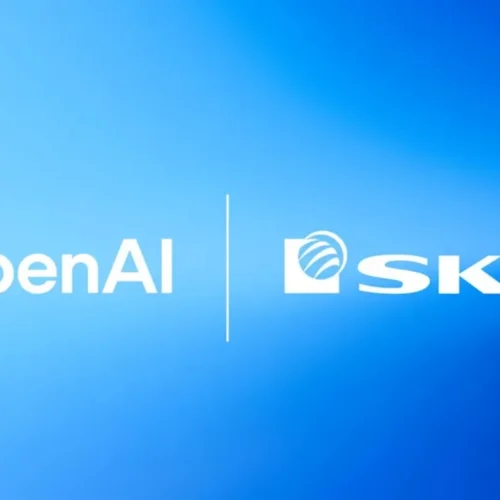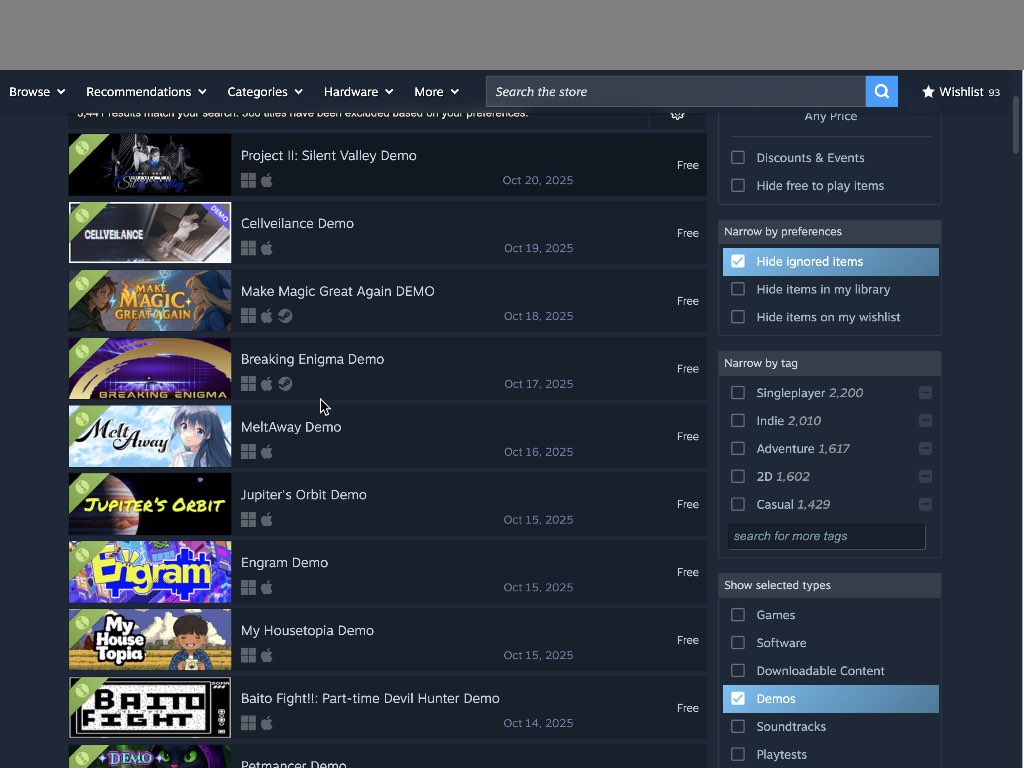Expert panel will determine AGI arrival in new Microsoft-OpenAI agreement
In May, OpenAI abandoned its plan to fully convert to a for-profit company after pressure from regulators and critics. The company instead shifted to a modified approach where the nonprofit board would retain control while converting its for-profit subsidiary into a public benefit corporation (PBC).
What changed in the agreement
The revised deal extends Microsoft’s intellectual property rights through 2032 and now includes models developed after AGI is declared. Microsoft holds IP rights to OpenAI’s model weights, architecture, inference code, and fine-tuning code until the expert panel confirms AGI or through 2030, whichever comes first. The new agreement also codifies that OpenAI can formally release open-weight models (like gpt-oss) that meet requisite capability criteria.
However, Microsoft’s rights to OpenAI’s research methods, defined as confidential techniques used in model development, will expire at those same thresholds. The agreement explicitly excludes Microsoft from having rights to OpenAI’s consumer hardware products.
The deal allows OpenAI to develop some products jointly with third parties. API products built with other companies must run exclusively on Azure, but non-API products can operate on any cloud provider. This gives OpenAI more flexibility to partner with other technology companies while keeping Microsoft as its primary infrastructure provider.
Under the agreement, Microsoft can now pursue AGI development alone or with partners other than OpenAI. If Microsoft uses OpenAI’s intellectual property to build AGI before the expert panel makes a declaration, those models must exceed compute thresholds that are larger than what current leading AI models require for training.
The revenue-sharing arrangement between the companies will continue until the expert panel verifies that AGI has been reached, though payments will extend over a longer period. OpenAI has committed to purchasing $250 billion in Azure services, and Microsoft no longer holds a right of first refusal to serve as OpenAI’s compute provider. This lets OpenAI shop around for cloud infrastructure if it chooses, though the massive Azure commitment suggests it will remain the primary provider.
Expert panel will determine AGI arrival in new Microsoft-OpenAI agreement Read More »























